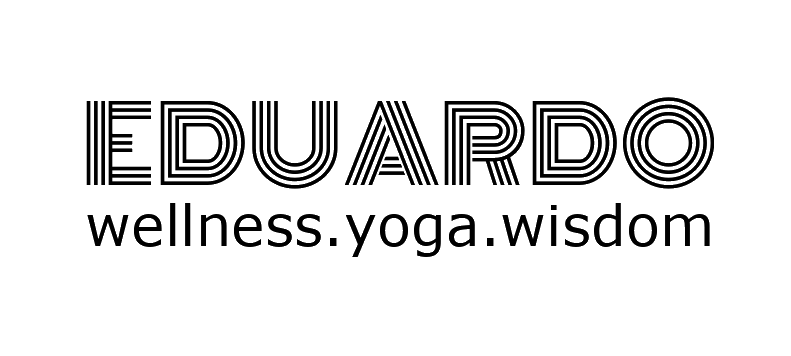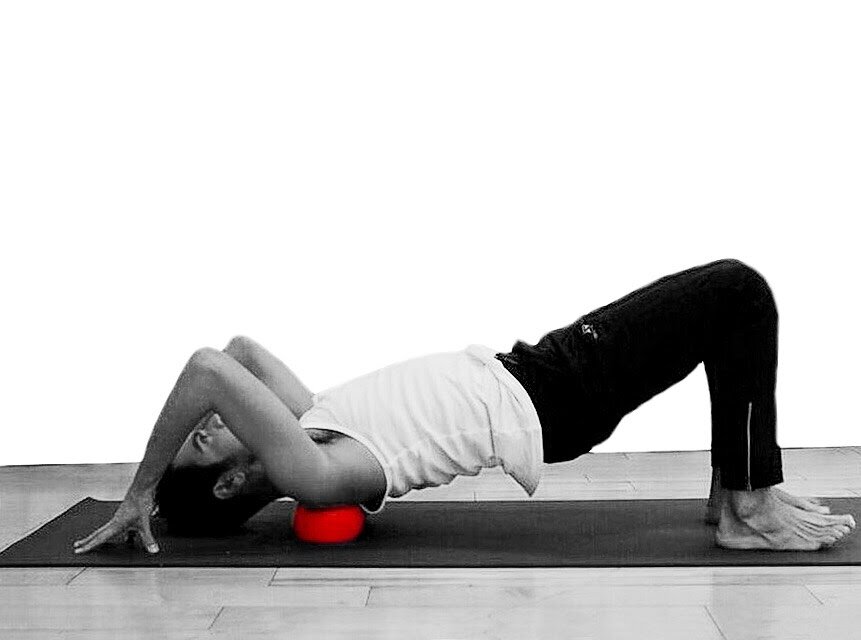Would you guess what is the most frequently asked question I get as a Yoga Health Coach? Yep, you guessed it: WHAT SHOULD I BE EATING? Every time one has to ask that, one should be translating it as I AM DISCONNECTED FROM MY NATURE.
Everything we consume becomes us. All food has a sustaining force, a force that animates and activates, a life force that we yogis call Prana. The moment we aren’t consciously connecting with the state of our Prana, we’re moving away from ease and towards dis-ease. If you want to connect with your life force and experience good health, energy, trim physique, a livable planet, compassion and deliciousness - a PLANT-BASED DIET is an excellent path for you.
While vegan and vegetarian diets are defined by what they exclude, a plant-based diet is defined by what it includes: lots of plant foods. What this means is that you tap into the abundance of PRANA-rich veggies, beans, peas, fruits, lentils, whole grains, nuts, and seeds AND you eat less animal products and processed foods.
My Yoga practice ushered me to become a vegetarian and my Ayurveda studies got me to go beyond being a consumer of vegetables and be more of a collaborator of my Prana intake. The only way to really experience this connection with your nature is by experimenting and feeling how the Prana that you consume affects you, how it becomes you.
Maybe you need more motivation to try a plant-based diet, here are my five reasons to eat a Plant-Based Diet.
1. It’s good for your health.
Unless you are living under a rock, research and statistics confirm what yogis have known for thousands of years: eating plants make you feel good! But in case you need some formal convincing:
Dr. Dean Ornish’s research showed that eating a very low-fat, plant-based, vegetarian diet and other lifestyle changes could, in fact, reverse heart disease. Dr. Caldwell Esselstyn also succeeded in reversing heart disease in patients who were seriously ill.
The Adventist Health Study-2 found that vegetarians had a lower risk of Type 2 diabetes and high blood pressure. While about 50 percent of Americans will develop high blood pressure by the age of 60, research shows that populations that consume a diet comprised mostly of vegetables or who are vegetarian have “virtually no increase in hypertension with age.”
Eating red meat (beef, pork, and lamb) is associated with increased rates of cancer and heart disease. And the American Cancer Society recommends eating a healthy diet for the prevention of cancer “with an emphasis on plant foods.”
2. You will feel and look trim.
Let face it. If you are eating a lot of plant foods, which have less calories and move with more ease through your diggestive track, you are going to lose weight. If you eat plant-based foods instead of fast, fatty, processed, and sweet foods, you will cut out a ton of calories — and the best part is, you will feel satisfied and less inflamated.
3. You are helping the environment.
According to an article by Elizabeth Weise for USA Today, it takes about 15 pounds of grain to produce 1 pound of beef and about 5 pounds of grain to produce 1 pound of chicken. You can see how we would use less water and other resources if we ate the grain ourselves.
An article in Scientific American reveals that the amount of beef the average American eats in a year creates as much greenhouse gas as driving a car from NYC to Denver!
4. You will become rich!
OK, maybe not immediatly, but you will imediatly save lots of money. Many people think eating a Standard American Diet (S.A.D.) is the cheapest way to eat. But actually eating plant-based foods can cost even less.
For example you could have lentil soup, salad, fruit, and sparkling mineral water for four people for about $10!
Beans, peas, and lentils are some of the cheapest foods you can buy. Even buying organic fruits and veggies at premium health food stores is more economical than one may think. Do the math.
5. You’re moving away from animal cruelty.
I know it can be devastating to think about the cruelty and unfairness that goes into acquiring all the goods we purchase at the grocery (or fashion) store. I think it is important for all of us to understand how animals are treated so that we can make a conscious choice. If nothing else, a Plant-Based Diet is all about raising one’s consciousness.
No guilt. No shame. Here is one example as a case study: gestation crates for pigs. Once the sows are artificially inseminated, they are put in crates with just enough room for their bodies for their entire pregnancy. As the sows get larger and larger, they often develop pressure sores. They urinate and defecate through slots in the bottom of the crate. Once the sow delivers, it is back in the gestation crate. When the animals are spent, they are taken to slaughter. They use these horrific practices to save money and produce more meat. But at what cost? Pigs are intelligent animals, and who wants to be part of this kind of suffering to save a few dollars?
I am not a vegan and I do occasionally eat animal products, but when I do eat them I go out of my way when possible to buy products from animals that have been humanely raised. Yes, I pay more for them. However, for the very small amount of animal products I do eat, it is worth it and does not break the bank.
It’s hard to argue with a plant-based diet when it benefits your health, waistline, environment, wallet, and conscience. Any movement toward more plants and less meat is a big step in the right direction. Why not skip the meat and eat some veggies today?






















